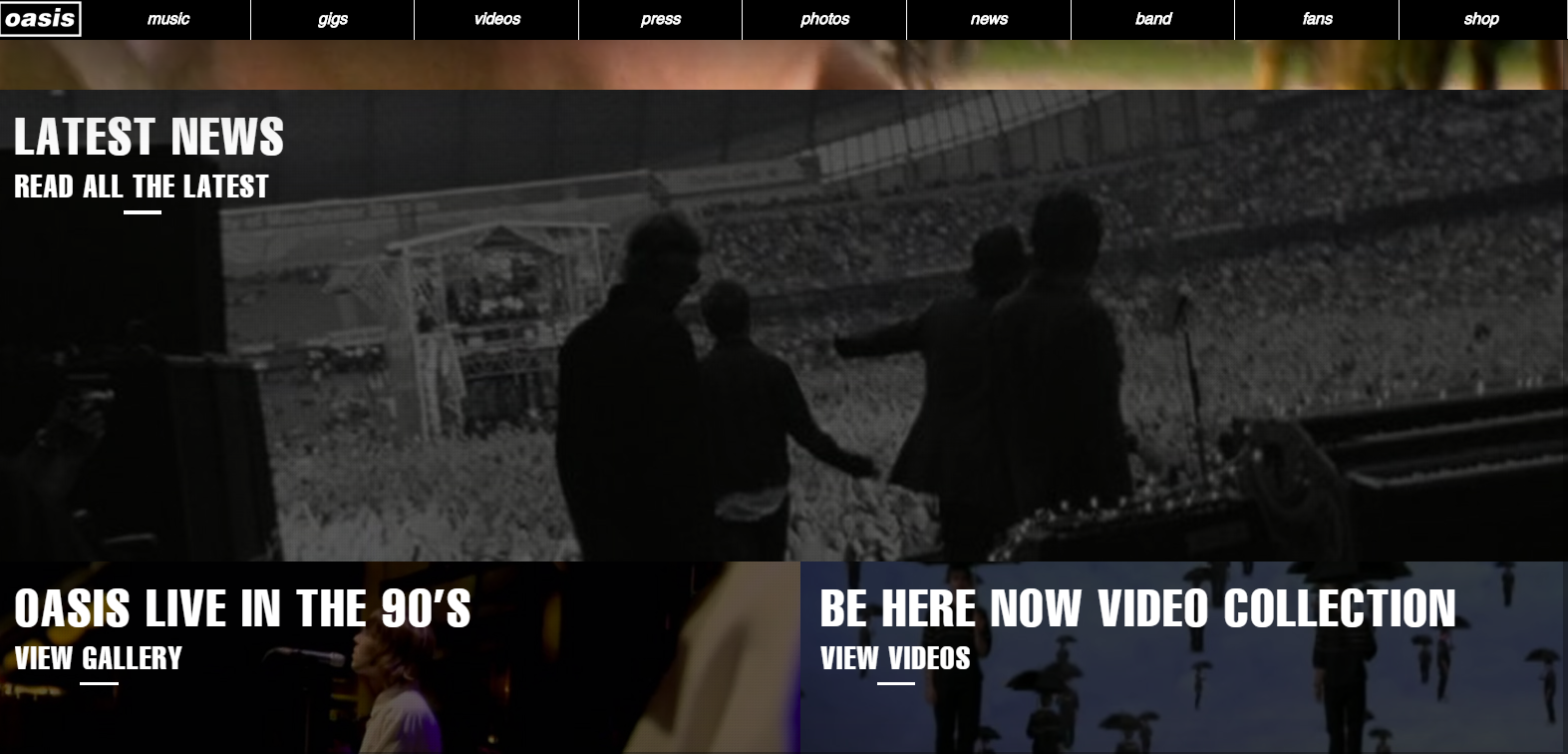Getting caught up in trends and what looks good is easy to do when designing a website, but it’s vital not to overlook user experience (UX). The ultimate goal when designing a website is to hit that holy trifecta of looking nice (aesthetic), delivering a positive user experience (functional), and ranking well for search engines (technical). While we have already discussed aesthetic and SEO elements of creating a successful website (see blogs here and here), designing with user experience at the forefront can be your key to converting visitors into customers.
Let’s start with the basics
User experience refers to a person’s overall experience when using a product/service (in this case, your website.)
“User experience design as a discipline is concerned with all the elements that together make up that interface, including layout, visual design, text, brand, sound, and interaction.” – User Experience Professionals Association
Making a good first impression
Good UX begins at the home page. It takes under 3 seconds (2.6 to be precise) for users to make their initial judgement on whether it’s worth staying on the website, so it’s important to make it immediately engaging from the point they land – give them a reason to stay.
Be their guide
Your home page should be a central hub where users can access anything that they need, easily. It should never take more than 20 clicks for a user to get from A to B on your website (preferably less). Consider this when you build your nav.
One of the top trends to get on board with for 2019 is including sticky elements on your site. Users should always be able to find what they are looking for, regardless of where they are on your site. Make it easy for them by including a sticky nav (e.g. on the Oasis website) so that every page is easily accessible at any time.

Make it easy to contact you
Sometimes, the primary reason for visiting your site will be to contact you, so you need to make it very easy to find the contact details/forms. Contact details should always be -at most – two clicks away at any given point. Achieve this by including them on your home page and linking to your home page from every other page (e.g. via a sticky nav or a linked logo) or adding them to your footer.
Speed is your friend
A speedy site will win over both users and search engines – and by ‘speedy’, we mean your pages will ideally load within 2 seconds. Over half of mobile users will abandon a site that takes over 3 seconds to load so make sure that you optimise your images and test your page-load speed to avoid losing visitors out of frustration.
User experience is a completely unavoidable aspect of web design. If your website delivers a bad experience, guess what? Visitors will leave and shop elsewhere. But if you deliver a good one you might not only win their attention for a little bit longer, you are more likely to guide them to conversion and benefit from their repeat custom.
Need help with an upcoming website? Get in touch with one of our experts.




